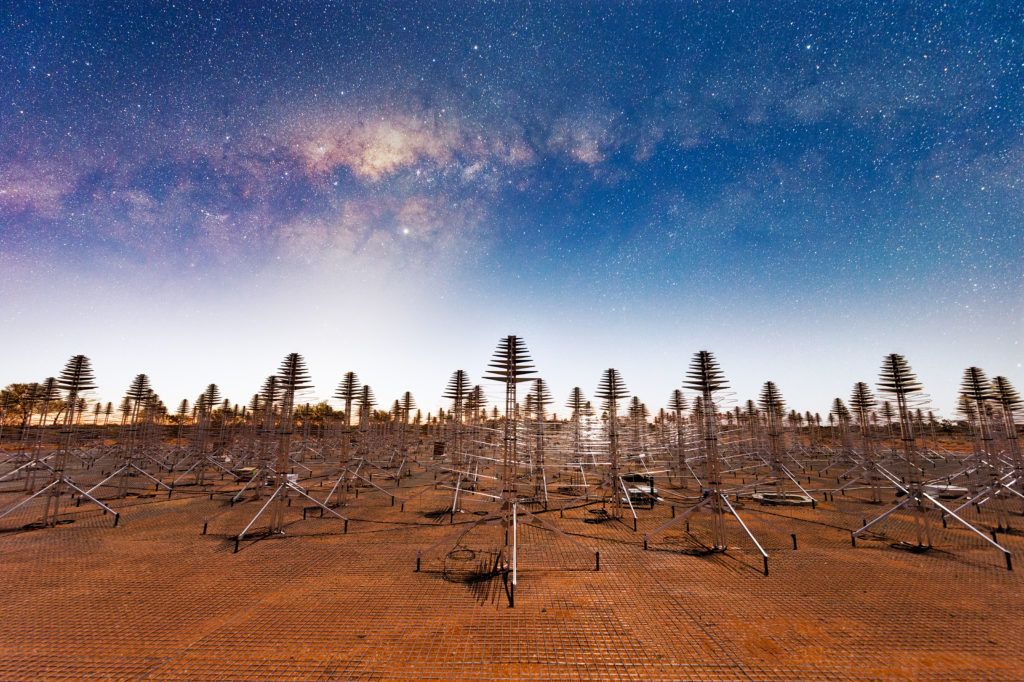One of the most important results of science is the negative result. If something doesn't work or a hypothesis is disproven, often it's not widely reported or disseminated. That is a shame. However, science is getting better at incorporating negative results into its reporting system, which has resulted in publications like the Journal of Negative Results, which covers biomedicine.
Unfortunately there isn't a similar journal for Astronomy. At least not yet. But the field could really use one. There are plenty of disproven hypotheses that don't see the light of day in academically peer reviewed publications. When it comes to topics like SETI, sometimes those negative results are extremely important, as it lends credence to one of the most important hypotheses out there - that we are alone in the universe. Papers that cover negative SETI results can be accepted into journals that otherwise might not accept a paper centered around not finding anything. That's what happened recently when a team of astronomers from Australia and elsewhere used the Murchison Widefield Array (MWA) to search a patch of sky that included 10 million stars. The negative results was that they did not see a single sign of intelligent life anywhere in those 10 million stars.
The part of the sky the astronomers observed was around the constellation Vela, which takes up a relatively small portion of the southern sky. They searched for 17 hours for radio emissions spectrally near commercially broadcast FM bands. With all the resources of the MWA available, the astronomers were able to peer "more than 100 times broader and deeper than ever before" said l Dr. Chenoa Tremblay, one of the lead authors from Curtin University.
The Murchison Wide Field Array as used to survey the sky near the constellation Vela. Credit: Curtin UniversityEven so, the area covered by the survey "was the equivalent of trying to find something in Earth's oceans but only searching a volume of water equivalent to a large backyard swimming pool" continued Dr. Tremblay. Obviously there is still a lot of space to cover in searching for any emissions.
The team hopes to continue and widen that search when the successor to the MWA comes online. The Square Kilometer Array (SKA), which will eventually be the world's largest telescope, will be built at the same location in Australia, and will also have a site in South Africa. The hope is the SKA will be able to survey billions of star systems in the radio frequency. It will also be 50 times more sensitive than the existing MWA array.
Unfortunately, like so much in the research community, completion of the SKA has been pushed back to due COVID-19, with no clear launch date following its originally planned January 20201 start. So Dr. Tremblay and her team will have a while longer to wait to be able to dive deeper into the SETI search. On the bright side, the team was actually expecting the negative result they got from the first MWA survey. Which means they are in fact able to report on a positively proved hypothesis anyway.
Learn More
ICRAR: Australian Telescope Finds No Signs of Alien Technology in 10 Million Star Systems
Publications of the Astronomical Society of Australia: A SETI Survey of the Vela Region using the Murchison Widefield Array
ScienceAlert: Across 10 Million Stars, Not a Single Whisper of Alien Technology
UT: Astronomers Are About to Detect the Light from the Very First Stars in the Universe
 Universe Today
Universe Today

